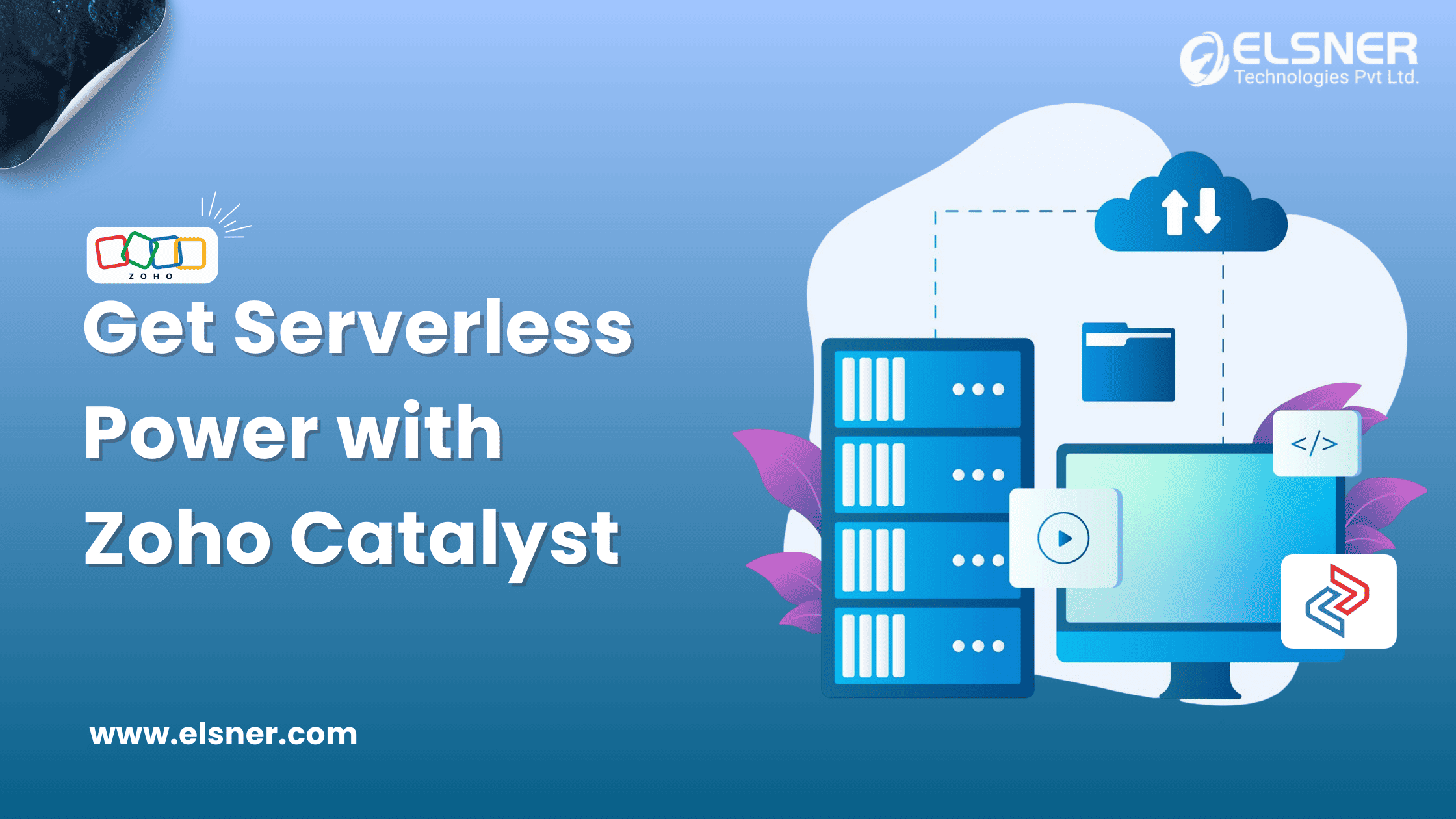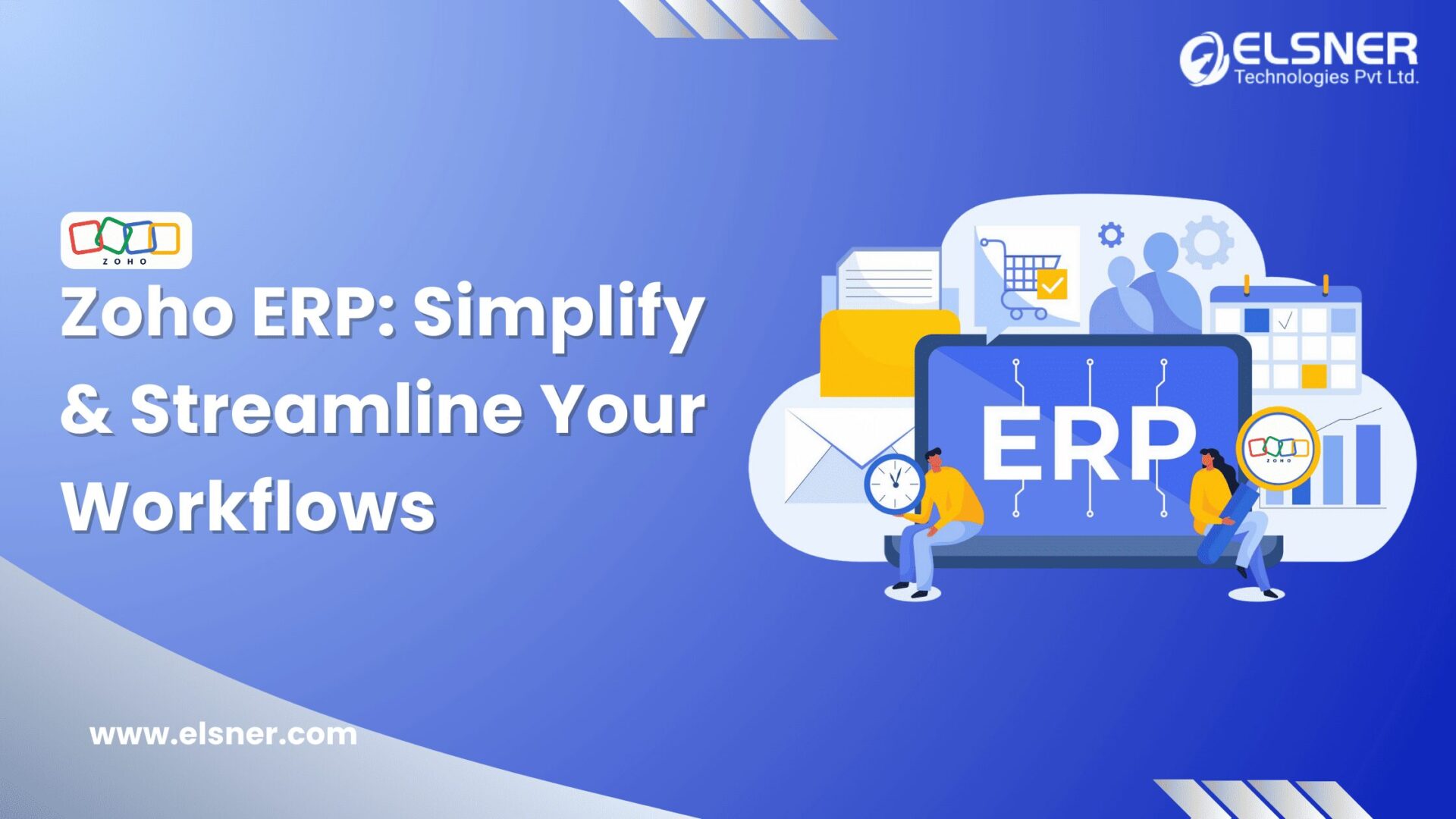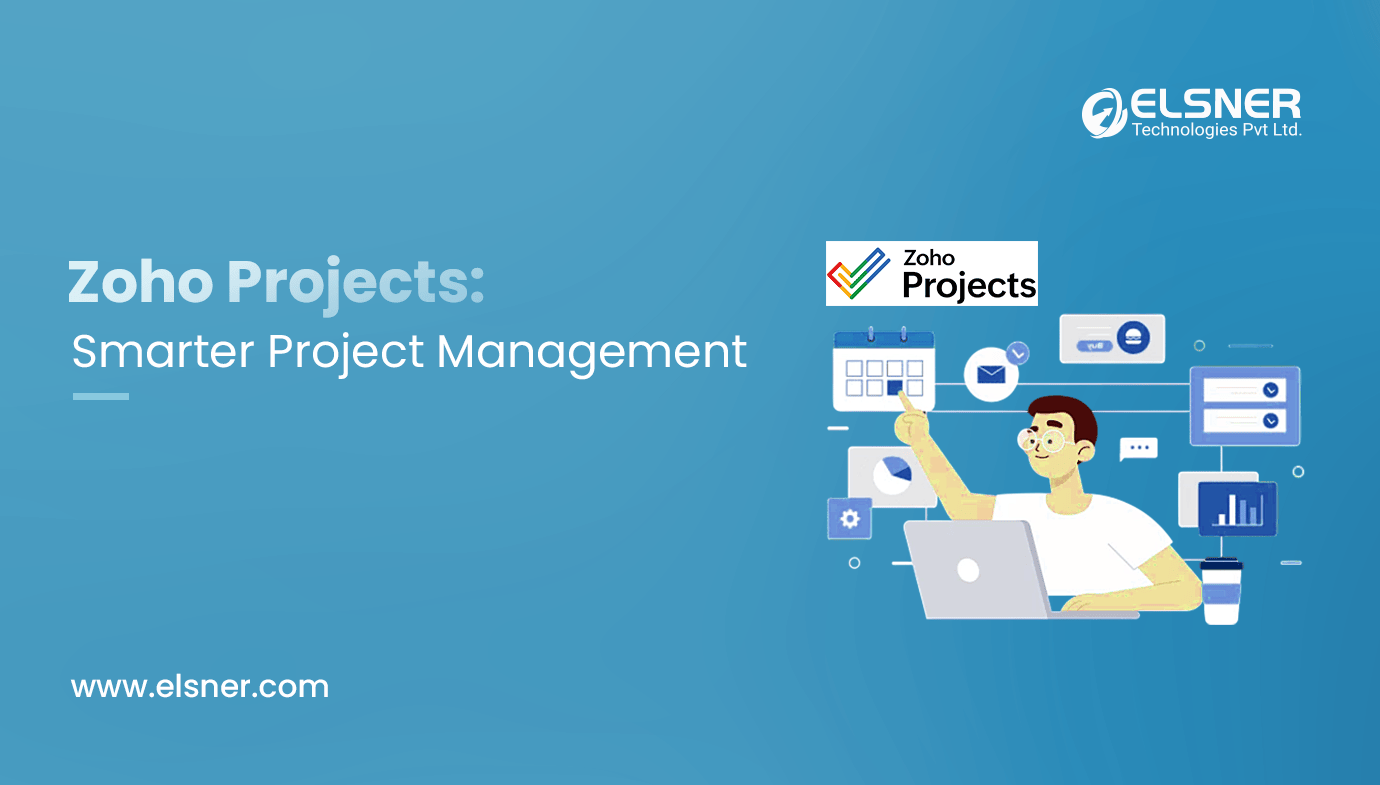- What is Zoho Analytics?
- How can Zoho Analytics Make a Difference?
- Features
- Data Source
- Workspace and its Settings
- Drag-and-Drop Interface
- Dashboard
- Reports
- Auto Analysis
- Query Table
- Security
- User Management
- Schedule Backup
- Alert
- Viewer Option
- Integration with Zoho Apps
- Collaborative Analytics
- API Access
- OpenAI Integration
- Mobile Accessibility
- Smart Chat
- Ask Zia
- Marketplace
Businesses move rapidly, and competition is fiercer than ever. In spite of the sector, all businesses are given access to a wealth of information that they can utilize to their advantage. Unfortunately, only a small number of them do.
To develop creative visualizations and analyses of data, Zoho Analytics is the right solution for these companies.
What is Zoho Analytics?
Zoho Analytics is a modern self-service BI (business intelligence) and Analytics Platform. It provides all the required tools to analyze the data, create stunning data visualizations, and discover hidden insights. Developers ensure during Zoho CRM development that the data is secure and safe.
Users can create various reports, charts, and dashboards. The platform interface is easy to access and allows users to design different tables and views, like tabular views, summary views, pie views, and more easily.
Zoho Analytics offers auto-generated reports, backups, integration with other Zoho applications, sharing views by email, embedding or publishing URLs, filters on the reports, and various themes.
How can Zoho Analytics Make a Difference?
The ability of the human mind to comprehend images and visuals is superior to that of numbers and simple Text. Our minds take a while to process information when we look at a table with a few text labels and numbers. Even trying to understand what is being presented to our brain requires some effort.
On the other hand, when the same information is represented graphically, our brain not only quickly comprehends it but also quickly spots any patterns in the information. This is the power of data visualization and the primary reason why data visualization has become so popular in recent times.
Zoho Analytics is an imaginative data visualization tool. It provides different methods of collecting, storing, and analyzing data from business operations. Mostly, all of this data lies there, largely unused. With the help of a BI tool, businesses can find useful insights from the pile of data.
Data visualization is an essential component of business intelligence because it allows users to interact with data by visualizing it as tables, different chart views, or graphs. This makes it much easier for the human mind to digest the data, thus allowing it to spot patterns and trends in a much better way.
Features

Zoho Analytics is an easy-to-access solution that provides data analysis and business intelligence tools. It helps businesses get new insights through its various features, like widgets, reports, dashboards, charts, and so on. Some of the characteristics include:
Data Source

[Image Source:https://bit.ly/3PCCGas]
To create reports and dashboards within the analytics, it provides various categories; from these categories, users can import data to create data tables. Import the data from a wide variety of sources to create insightful reports and dashboards. Data can be imported into Zoho Analytics from these categories:
- Files and Feeds
- Databases
- Zoho Apps
- Sales/CRM
- Marketing
- Finance and
- Human Resources
- IT and Help Desk
- ERP
- Project Management
- E-Commerce
- Social Media
- Survey/Forms
- Custom Solutions
Workspace and its Settings
In Zoho Analytics, the workspace is where the user creates all the reports, dashboards, and views. A table is an entity where data is stored. Reports and dashboards can be created based on the table. There can be a number of workspaces, and the account administrator is the only one with the authority to add and remove workspaces. The user can have one or more workspaces in their account, which can be either owned by them or shared by others, and can access all the Workspaces from the home page. Things can be configured using the settings icon:
- Workspace name and description
- Set Workspace as the default
- Resources used in this workspace
- Format
- Color Palettes
- Grid options
- Variables
- Slideshows
Drag-and-Drop Interface
One of the features of Zoho Analytics is its drag-and-drop interface. It is easy to adopt and allows users to create powerful reports, widgets, and charts. Users can drag and drop columns from a selected table as well as include other tables. By using this drag-and-drop feature, users can create custom reports, charts, and much more. This feature gives users the ability to apply filters as well as create user filters with just a drag-and-drop solution.
Dashboard
A Dashboard is an effective way of organizing reports on a single page. It’s an overview of data from different sources. Zoho Analytics provides a simple and interactive drag-and-drop interface for creating dashboards. Users can create single-numbered widgets and chart-type widgets within dashboards. It has an option for creating tabs. Zoho Analytics provides a set of options to customize the interactions in dashboards, such as
- Setting up titles, descriptions, and themes
- Adding Text, images, widgets, and user filters
- Allow viewing of underlying data in reports
- Enable report to act as Filter
- Allow drilling down in charts
- Export setting
- Various ways to share
Reports
It offers a variety of reporting options, such as Charts, Pivot tables, Summary views, and Tabular views. Users can create various reports and tables as per their requirements. Zoho Analytics provides an easy-to-use drag-and-drop feature to design custom reports, which are:
1. Charts View: A chart is a visual representation of data that enables users to analyze and interpret data effectively. Zoho Analytics provides different chart types, which include Pie, Ring, Line, Bar, Stacked, Combination, Scattered, Bubble, Packed Bubble, Heat Map, Area, Funnel, Web, etc.
2. Pivot View: A pivot table is a way to summarize large amounts of data. It has three tabs, which include pivot, filters, and user filters. The pivot tab consists of columns, rows, and a data option where the user can drop their column/fields. Users can set up pivot tables with themes and underlying data, show/hide totals and columns, and sort data by rows and columns. Zoho Analytics gives users the ability to customize titles and descriptions, set up layouts and filters, and format the columns.
3. Summary View: A summary view allows the user to view the data with grouping and summarization. It summarizes the data in tabular format. Users can utilize the option of customizing themes and underlying data. It has three tabs, which include a summary, filters, and user filters. Within the filters tab, the user can include or exclude the individual values of a selected column from the table. Summary tables provide a number of sharing and exporting options.
4. Tabular View: It provides a solution for visualizing the data in a simple tabular format. It has three tabs, which include tabular, filters, and user filters. Tabular tabs include group-by-block and group-by-section options for grouping the data. Tabular View offers a variety of options for sorting, sharing, and exporting the table.
Auto Analysis
Zoho Analytics offers the powerful feature of Auto Analysis. It enables Zoho Analytics to auto-generate reports and dashboards. Firstly, analytics asks for the selection of a base table, and after that, it will automatically generate various reports and dashboards for the selected table. It creates a folder separately for auto-generated reports and dashboards.
Query Table
In any business, if users want data from multiple tables to create a specific view or chart, Zoho Analytics helps them by offering the option of a query table. The user can create a table using a SQL select query. It has the option to execute the query or clear the query. Zoho Analytics provides various SQL functions, such as logical functions, aggregate functions, date functions, string functions, and much more. The user can view the dependency details, like the parent table, the child view, and the child table for the query table.
Security
Security is a primary concern these days, and Zoho Analytics can secure user’s data. In Zoho Analytics, it gives access to the workspace to those users who have assigned roles for the workspace. It provides audit logging functionality to keep an eye on the activities. A user can check the access logs, activity logs, and API logs. Zoho Analytics ensures the safety and accountability of users’ data.
User Management
It has Manage Users features that ensure the user’s access to the workspace and organization. Users can be assigned different roles, like workspace admin and user. Assigned users have two statuses that can be set to active or inactive. By using the user management option, one can check the status of users and their activities and filter the users.
Schedule Backup
Through the backup option under the data administration, the user can manage the backup, and it also gives the user the ability to schedule backups of all the workspaces available there. The backup schedule can be done on a daily basis, weekly once, or monthly once, and it has the option to turn off the schedule at any time. The user is able to check the different versions and can download the backup file as a zip file.
Alert
Zoho Analytics offers alert features for keeping track of changes in KPIs and metrics, which is vital to staying ahead of the curve. Data alerts in Zoho Analytics notify users of key business events that they cannot afford to miss. Data Alert brings immediate attention. This allows the user to quickly take the appropriate action in response to the changes. Alerts can be sent via Email, In-app notifications, Slack messages, and so on. You can create data alerts for the following views:
- Charts
- Pivot View
- Summary View
Viewer Option
One distinguishing quality of Zoho Analytics is the viewer option. It can hide the option for creating and editing on the screen so the user can see what the result will look like; basically, it optimizes the screen.
Integration with Zoho Apps
This platform integrates with other Zoho apps like Creator, CRM, Books, Invoice, Expense, and Projects, allowing users to build insightful visualizations of their business operations. Users can create custom reports and views that connect their Zoho apps and embed them.
Collaborative Analytics
Users can share views, reports, and dashboards with colleagues and collaborate with them. The user can set limits on what they can see and do with the data and reports shared with them with specific options like read-only, read-write, report authoring, drill-down, export, and more. Publish reports and dashboards, make them accessible to users with or without logins, and schedule reports and dashboards to be emailed automatically.
API Access
To create custom analytical applications and integrations, users can use a set of APIs that include data integration, custom templates, and dynamic report embedding. With the Zoho Analytics API, developers are offered a range of features to help them build and manage robust reporting and analysis capabilities needed for their business applications. To enable users to easily integrate Zoho Analytics reporting and analytical capabilities into their application, the user will be able to create Powerful Business Intelligence Capabilities for a product or application and develop Extensions for Analyzing Data. The Zoho Analytics API is indeed using many Zoho applications.
OpenAI Integration
Zoho Analytics has an advanced feature that integrates with OpenAI’s ChatGPT, a Generative AI assistant. The integration of Zoho Analytics and ChatGPT has greatly simplified data manipulation. Users can now easily generate formulas and build complex SQL queries. Users can get alternative suggestions for column names and even train Ask Zia to enhance its natural language processing capabilities with this chatGPT.
Mobile Accessibility
Zoho Analytics supports both iOS and Android-powered mobile devices (which support both phones and tablets). Users can get reports and dashboards built with Zoho Analytics on their mobile devices using the Mobile app. The app will allow users to interact with and access data and reports, keep an eye on key performance indicators, and make informed business decisions wherever they are.
Smart Chat
There is a smart chat option available. It allows users to communicate with each other within the application. Users can share files, send messages, and do actions such as pin chat, mute chat, turn off history, etc. It will help improve communication and productivity among team members.
Ask Zia
Zoho Analytics has an advanced feature called Ask Zia. It is Zoho’s smart and Intelligent Assistant based on machine learning (ML) and artificial intelligence (AI) technologies. Ask Zia can understand questions in plain English and provide powerful insights quickly as answers in the form of cool and relevant visualizations. Zia suggests questions based on the available tables within the workspace. Zia Query Generator is a virtual SQL Assistant for precise and efficient Query Building.
Marketplace
Marketplace is an online business application store that provides ready-to-use extensions for Zoho products. Zoho Analytics has custom-built connectors and extensions, and with the use of these extensions, one can enhance the core capabilities of products and get more done with the Zoho tools that are used. These apps provide deeper and faster analytics that can be easily connected to the other business applications used with Zoho Partner.
Final Thoughts!
Having a great BI and data analytics system is essential for every business these days. Zoho Analytics offers numerous benefits to businesses, including imaginative data visualization, customization of reports and dashboards, mobile app accessibility, integration with Zoho apps, collaboration, security, and an AI Assistant. These features enable businesses to Connect, prepare, analyze the data, and get deep, actionable insights, which helps improve efficiency.
To explore the right opportunity, connect with industry experts, and unlock the full potential of Zoho for your business. It provides business solutions in various areas, such as sales analytics and marketing analytics, financial analytics, social media analytics, etc.

About Author
Pankaj Sakariya - Delivery Manager
Pankaj is a results-driven professional with a track record of successfully managing high-impact projects. His ability to balance client expectations with operational excellence makes him an invaluable asset. Pankaj is committed to ensuring smooth delivery and exceeding client expectations, with a strong focus on quality and team collaboration.




